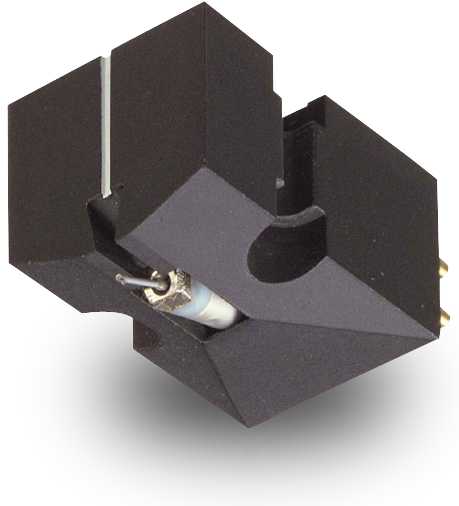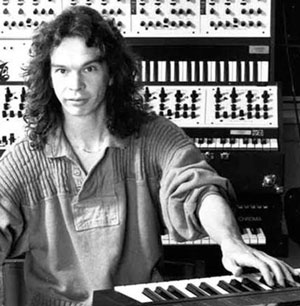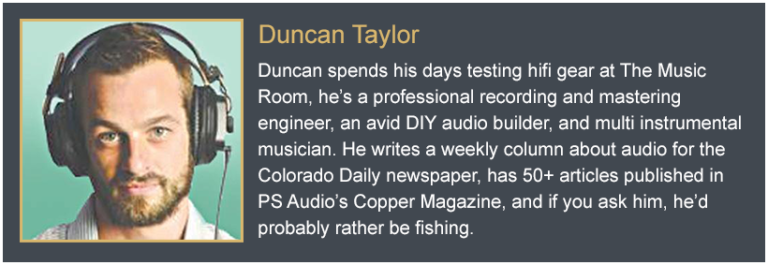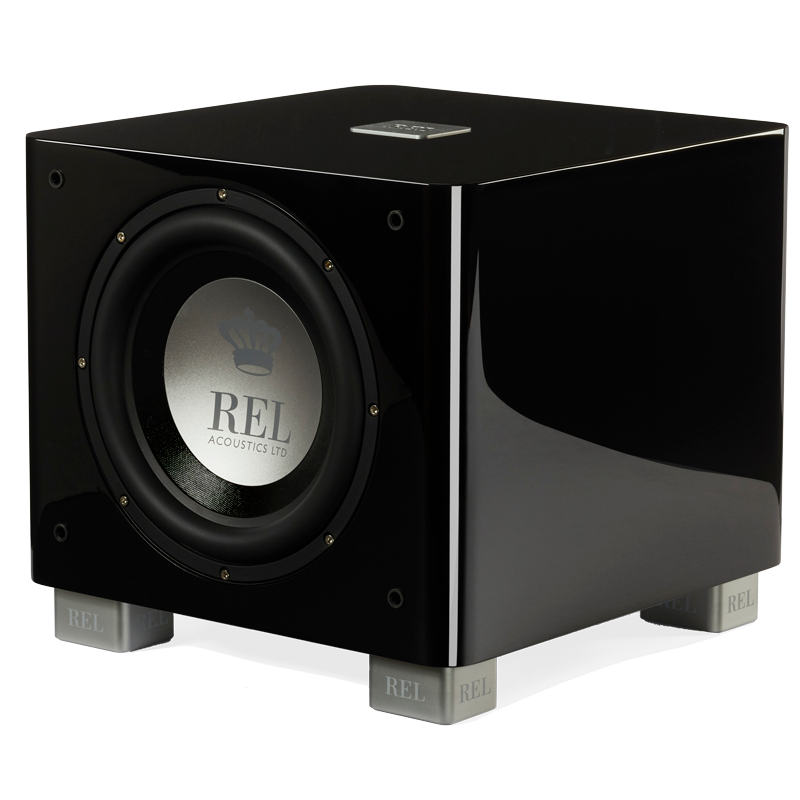Blog
Viva La Vinyl
Celebrating local record stores and the analog medium

The vinyl experience as a music listener is different in every way than click-n’-stream digital, only beginning when you handle the large scale art with room for plenty of notes, photos and lyrics.
Placing the needle in the groove, tending to the music, these things aid in focus and fun for the listener. And most albums that are released for digital and vinyl are mastered differently for vinyl, with more of that dynamic headroom that audiophiles crave.
With April usually comes Record Store Day, but given the current situation organizers have decided to postpone the event until June 20, 2020. Despite having to wait two months to officially celebrate, we can still examine the charming music medium that so many love, and which some audiophiles still listen to exclusively. And we can think about how we might be able to help the few remaining record store owners, who for years before our economy was placed on pandemic pause were fighting an uphill battle against the Internet.
Good music, great recordings, excellent pressings and direct-to-discs… the modern state of vinyl is actually thriving. A record renaissance has occurred, with the music medium seeing a healthy rebound in the last decade and a half. Old vinyl presses have been fixed up and brought back into operation, and cutting machine makers have used the benefit of a half century of technological progress to design and build new cutters and presses, and they’re getting a lot of work.

The idea that some modern pressings of albums can even be superior sonically to the digital versions available has been a selling point for some on the turntable fence. This happens sometimes, and when it does, vinyl lovers rejoice. Untouched live recordings and expertly produced electronic music both show the dynamic capability and “continuous” nature of vinyl, making it a keeper for serious listeners and music lovers everywhere.
Since Record Store Day was on my mind, I thought I’d highlight a couple favorites from my collection, and throw in a recommendation from a good audiophile buddy. Before we get to that though, let’s detour with a quick tip for better bass response in a vinyl playback system.
I’ve seen all kinds of marketing language that talks about thin constrained damping layers and high-tech lightweight resonance control, and I am not presenting any kind of scientific argument against those technologies. But I’ve also noticed that the best turntables I’ve felt, tested or witnessed have always had tons of mass, like everywhere.
This is a larger truth that shows up in many areas of audio: mass rules. Many of us do what we can to avoid a lot of super-heavy high end audio devices and structures in our listening rooms, I guess because they’re annoying to move, and can be quite expensive. But mass just rules, and prevents more resonances than heaps of other, lighter approaches.
Now, to have a really heavy platter you need a super solid spindle, and a bearing that can take that weight. You need a plinth that can hang with that massive platter assembly, and you’ll need special feet that can reach their elastic halfway point with all of that weight aboard. Reading that aloud, all I hear is the cash register noise going off.

It’s one approach. It’s a good approach. Want to pair that mass-heavy table with a midweight cartridge, stiff, well-damped tonearm and an appropriately-sized counterweight? If I had the money, which I don’t, that’s what I might be thinking about to get the most out of my system, which of course includes a pair of REL subwoofers.
Why a midweight approach to the “pickup” assembly? Well, I’ve found that a medium compliance moving coil cartridge (low output if possible because it has the lowest moving mass) with medium compliance suspension (think of the Denon 103 family as a benchmark and affordable starting point, you can never go wrong with these) greatly affects the character of the resulting bass. I like a pickup that excels at accurately extracting the minuscule bass vibrations laid in the record groove. But that’s me.
Fountains of vigorous debate have sprung from the Internet’s audio forum wells about opinions like this, and I won’t pretend to have enough room to write about it or expertise in arguing to make a difference. It’s just my experience, and how I envision my own vinyl playback dream system. Or perhaps on this Record Store Day I can get you thinking more about your vinyl rig and its internal interactions, and less about the virus, as you’re biding time at home like the rest of us.
Alright, moving on to the records. Following are a couple favorites, more for music and nostalgia than audiophile reasons.

1) We begin with Flying Lotus. Modern electronic production has pushed the definition of audiophile music to begin to include the synthetic realm, and some of the best current DJs and producers are taking advantage of this, and they’re producing full spectrum, wide-soundstage sonic masterpieces. With these artists’ computer-based creations, one of the keys to their audiophile realism is the use of binaural recording of sound “samples.” But above all, hyper attention is paid to every detail, where nothing is out of sorts.
Flying Lotus’ album Los Angeles does not fit that mold. Yes, there is subterranean bass information that tracks quickly with the melodies, but some of the music ventures into soft-clipping territory, and does so very intentionally. This may trigger audiophiles. His music is heady in a dismissive sense; if you listen closely, on Flying Lotus’ beats you can always hear at least one flawed, off-time element. There’s always tension. Sometimes you stumble across a manic release in the middle of a “FlyLo” track, and sometimes the rare tracks where there’s actually some singing present the lead singer landing occasionally out of tune.
With FlyLo, just take a step back, assume what he’s doing is intentional, stop worrying about the tweeters and let the vibe grow. And let the subwoofers work. Los Angles is an easy introduction to his world, an oldie but goodie produced back when he was a little less experimental than he is now. It should be a perfect way to bring some modern electronic into your vinyl collection. Just don’t expect it to be clean and flawless.

2) It’s with a heavy spirit that I choose the next vinyl pressing, as with Lyle’s recent passing in early February, I remember fondly a record that still carries a sense of mystery for me, which is the pianist’s self-titled solo debut, Lyle Mays.
My music professor/maestro guy dad exposed me to plenty of interesting music growing up. Much of it was classical and choral music, mirroring his areas of expertise, but he also showed me other music that kids my age would be too bored to comprehend or care about. The magic of Lyle’s solo compositions in the early days of synthesizer technology falls into this category, and I can still picture the record spinning on the Technics table in Dad’s old office.
Check out this gem on vinyl. You’ll be hooked by the time the first haunting intro is finished.
3) Spaces, by Nihls Frahm. This album from contemplative German one-man-hyperband/musical genius Nils Frahm is one of Darren’s favorites, and it’s a prime example of a pressing where playback in the perfect turntable environment reaps an elevated sonic image that perhaps the best modern digital has yet to touch.

Actually, fire up any of Frahm’s pressings on your well-equipped vinyl playback system, and I dare you not to enjoy the experience.
I’ll wrap up by asking you to think about the few remaining record store owners in our increasingly Internet-based society.
If you can, take a minute or two to research what local record stores might be in your area, and instead of visiting them in person during this crazy quarantine time, see if the owners have an option to browse and order online or over the phone. You can have the record delivered or shipped.
Accept the package with gloves and mask, and burn the plastic covering after opening if you like, but know that you’re doing something positive for local caretakers of the vintage medium we all love. Viva la vinyl!












